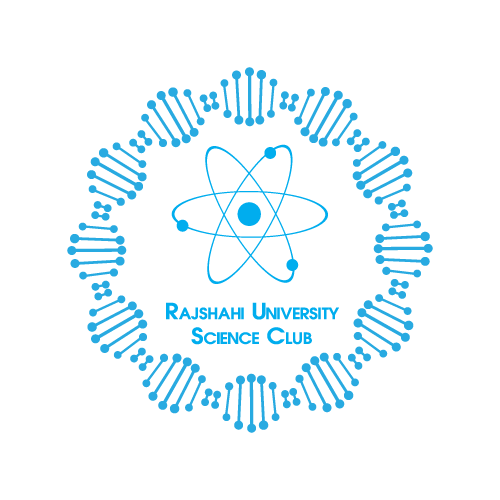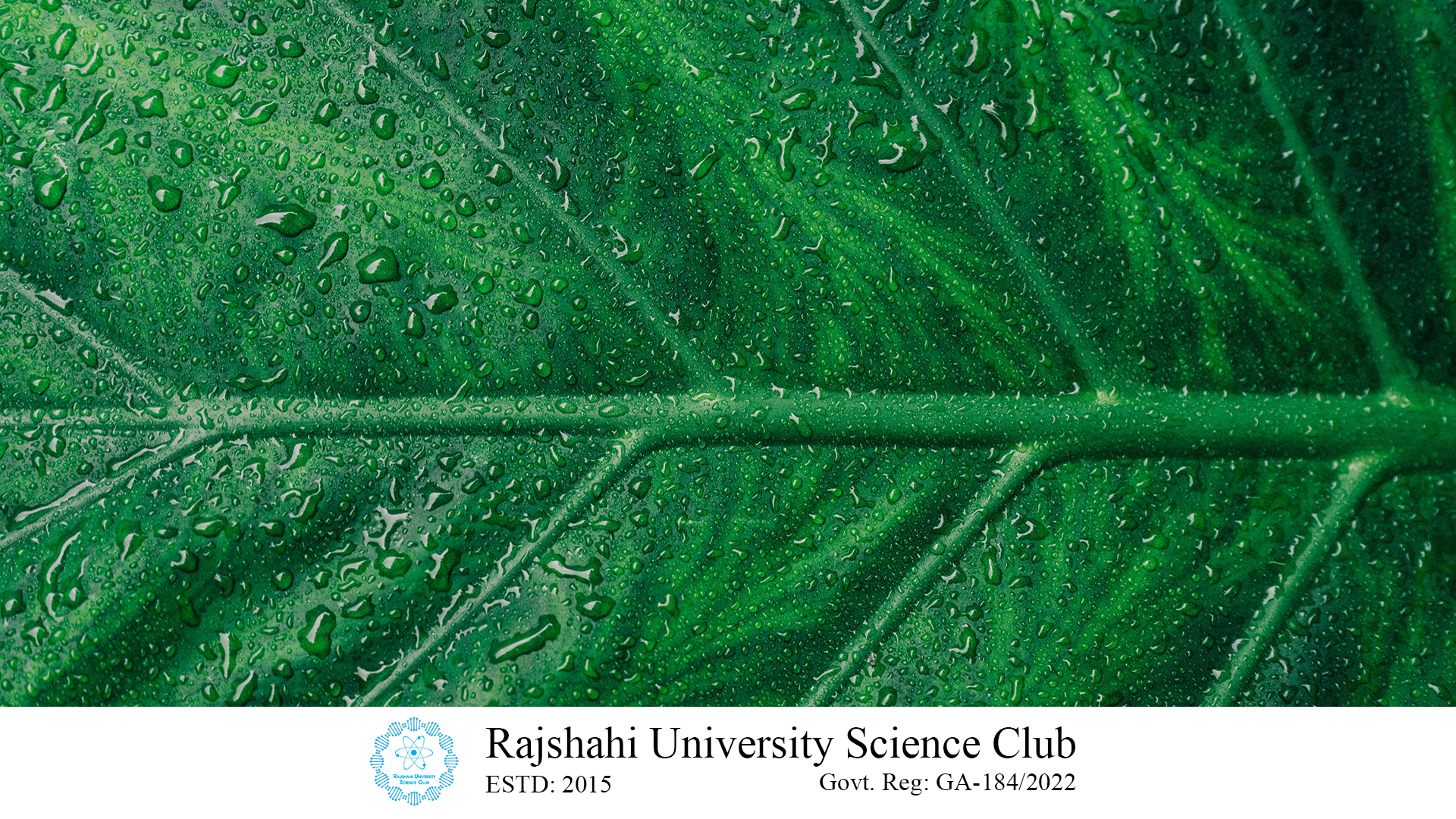“Photosynthesis is a crucial process that powers most life on Earth. It is the process by which green plants, algae, and some bacteria convert light energy from the sun into chemical energy stored in organic compounds like glucose. This process enables plants to grow and produce oxygen vital for the survival of many living organisms.
The word “photosynthesis” comes from the Greek words “photo” meaning light and “synthesis” meaning putting together. It is a complex process that involves several steps. Here is a simplified explanation of the process:
Light energy is absorbed by pigments, mainly chlorophyll, located in the chloroplasts of plant cells.
This light energy is converted into chemical energy in the form of ATP and NADPH through light-dependent reactions. These reactions take place in the thylakoid membranes of the chloroplasts.
The ATP and NADPH produced in the light-dependent reactions are then used to power the light-independent reactions, also known as the Calvin cycle, which takes place in the stroma of the chloroplasts.
During the Calvin cycle, carbon dioxide from the air is fixed into organic compounds like glucose. This process also requires energy from the ATP and NADPH produced in the light-dependent reactions.
Overall, photosynthesis is a fundamental process that sustains life on Earth. It not only produces oxygen, which is essential for many living organisms, but it also provides the organic compounds that form the basis of many food chains. Understanding the intricacies of photosynthesis is essential for understanding the complex web of life on our planet.”



0 Comments